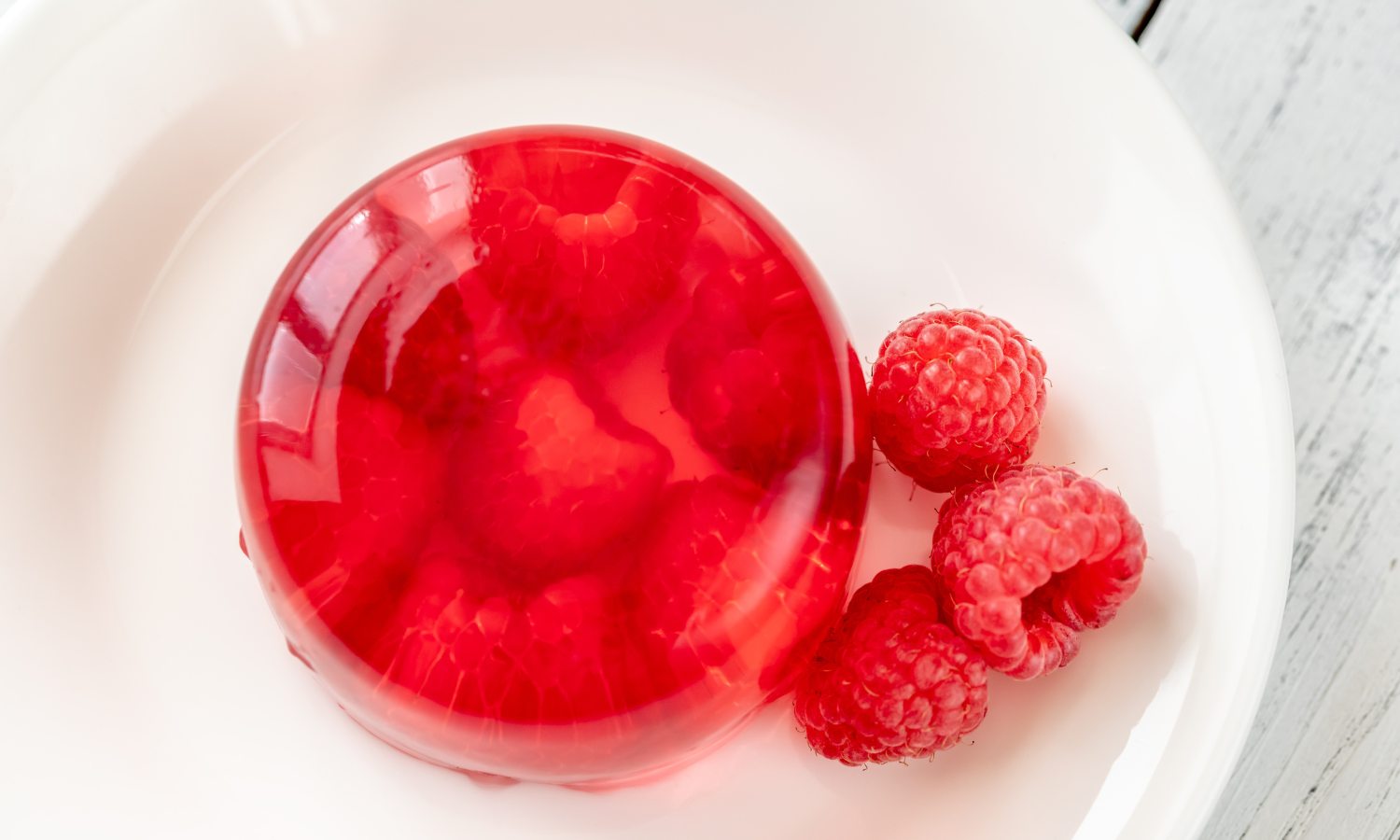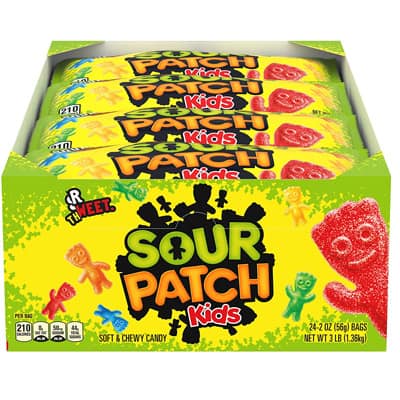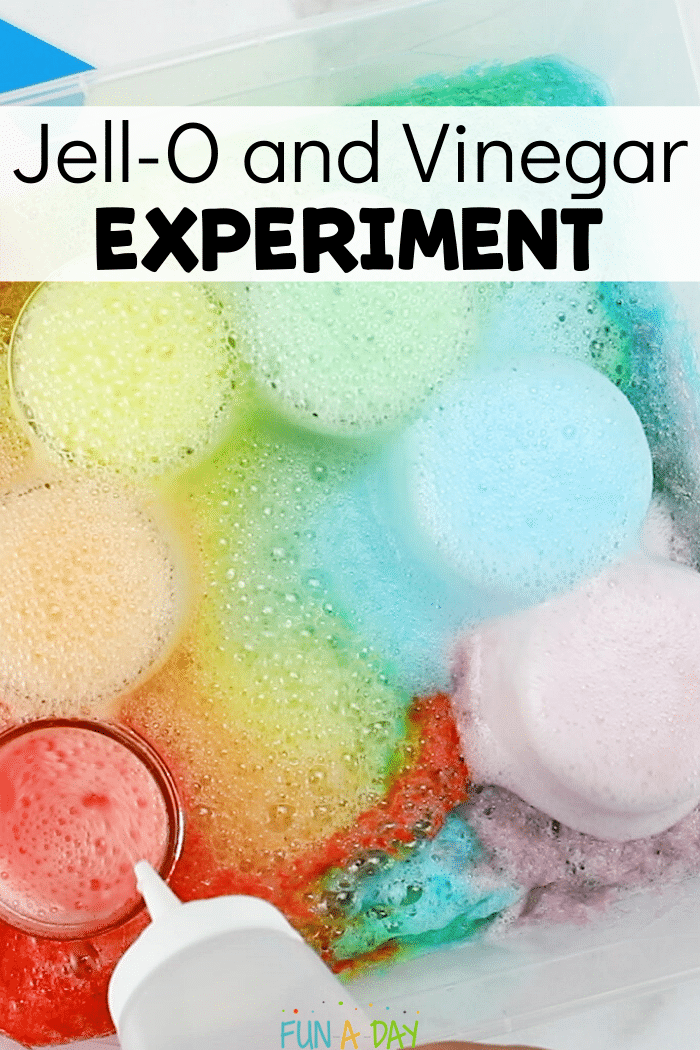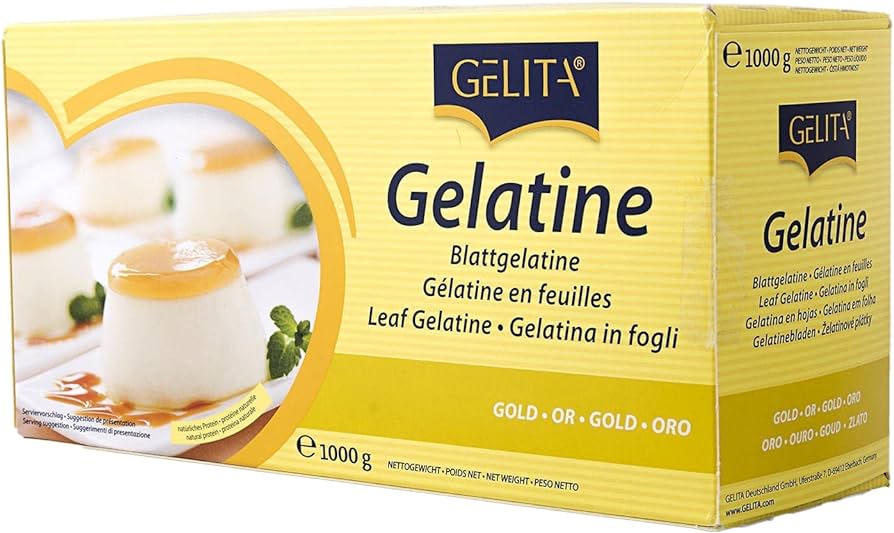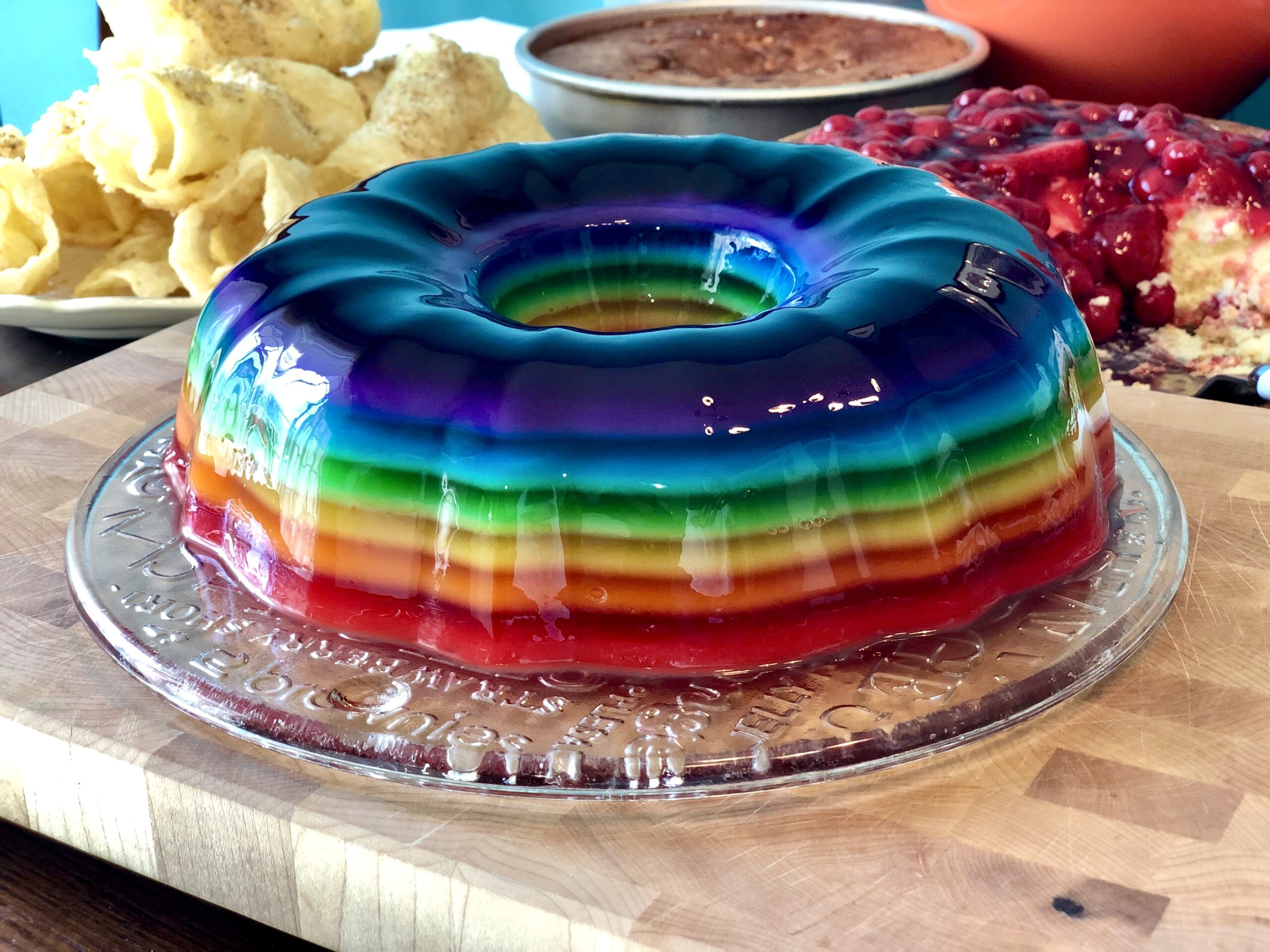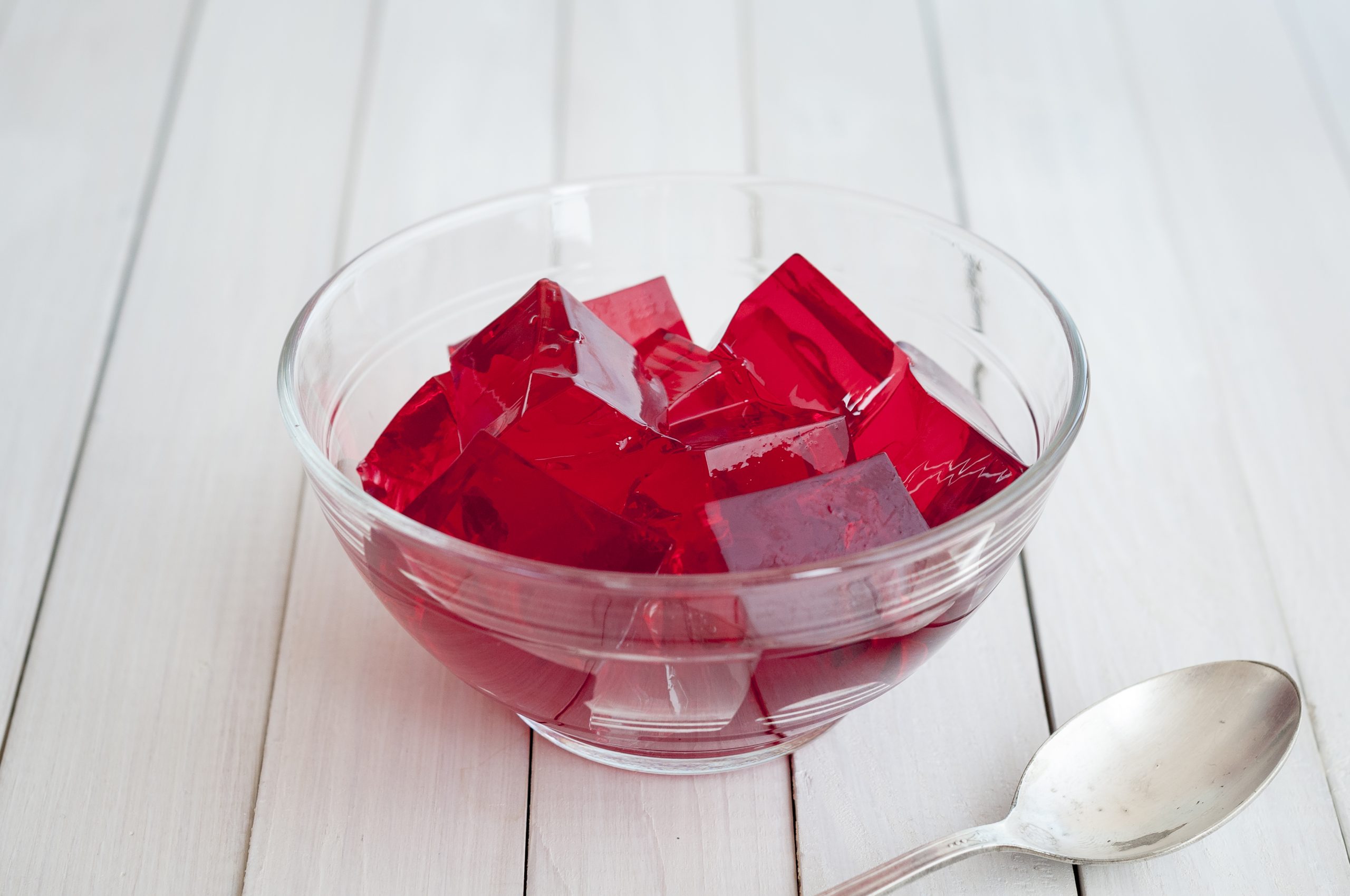Does jelly go bad? Shelf life and storage tips
– Shelf life of opened grape jelly can be maximized by keeping it refrigerated and tightly covered.
– Opened grape jelly can stay at best quality for about 1 year when continuously refrigerated.
– The expiration date on the jar is not a safety date, but an estimate of how long the jelly will remain at peak quality.
– After the best quality period, the texture, color, or flavor of the jelly may change, but it will still be safe to consume if stored properly and there are no signs of spoilage.
– If the grape jelly develops an off odor, flavor, appearance, or if mold appears, it should be discarded.
– Spoiled jelly may have a darker color, off texture, strange taste, mold growth, or if the expiration date has passed.
– Signs of spoiled jelly to look out for include separation, off-color, off odor, strange taste, and visible mold.
– Even if the expiration date has not passed, the quality and flavor of the jelly may have diminished.
– The smell of fresh jelly is sweet and fruity, so if it smells off-putting or sour, it should be discarded.
– Spoiled jelly may also have changes in texture, such as becoming runny, excessively thick, lumpy, or grainy.
– Once opened, jelly should be consumed within 6 months to a year.
– Unopened jelly can last up to a year past its expiration date.
– Homemade jelly can last for 6 to 12 months when stored in the refrigerator.
– Sugar-free jelly can last 6 to 9 months in the fridge, while low sugar jelly can last 8 to 9 months.
– Jelly can be frozen to extend its shelf life for over 12 months, but it may lose some texture and flavor quality.
– Eating expired jelly can potentially lead to an upset stomach or food poisoning, so it is best to avoid it.
– Frozen jelly should be stored in an airtight container with some headspace for expansion.
– Consuming spoiled jelly can lead to foodborne illnesses caused by harmful bacteria or mold.
